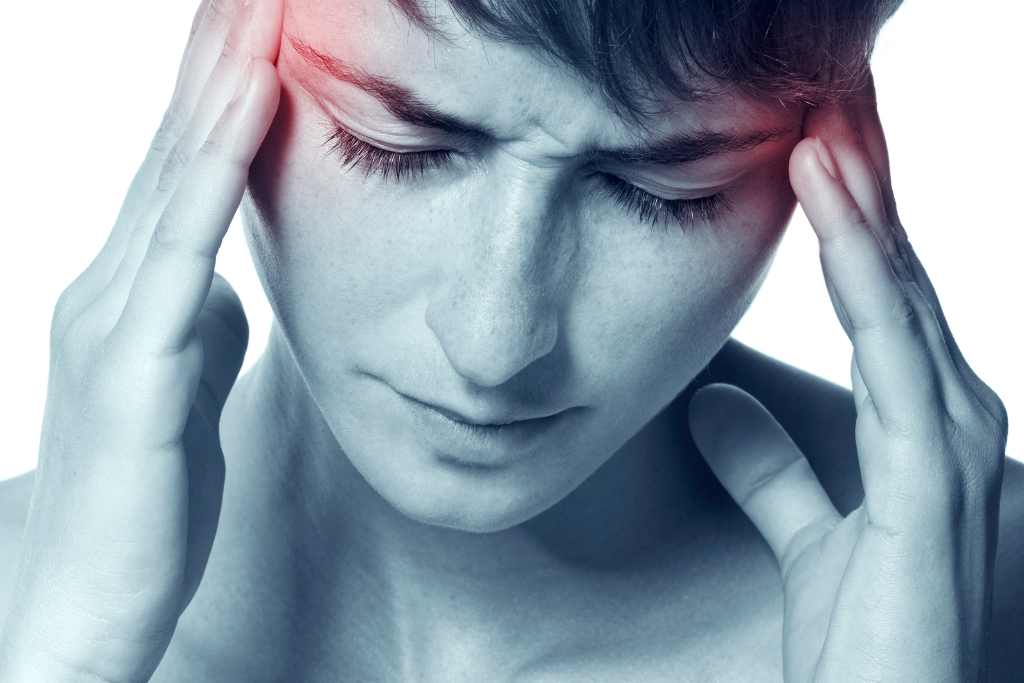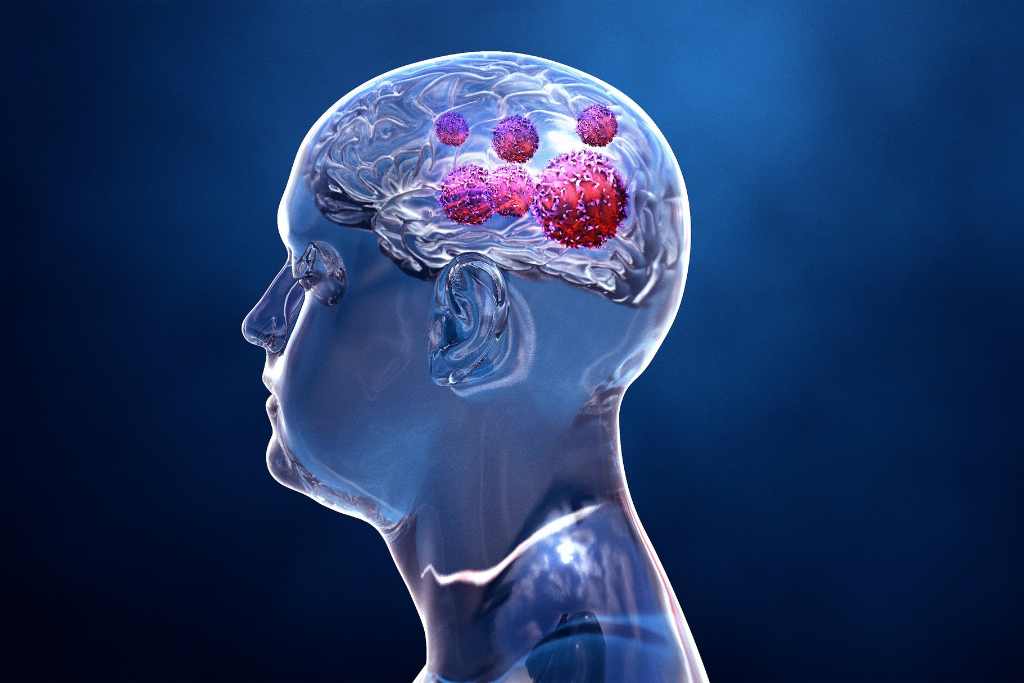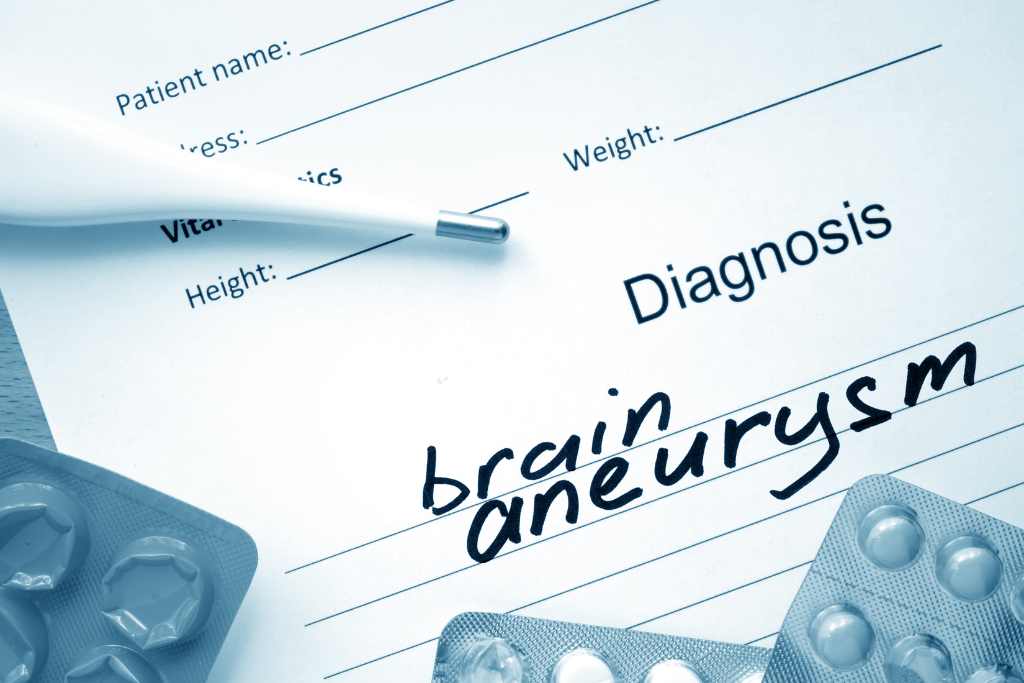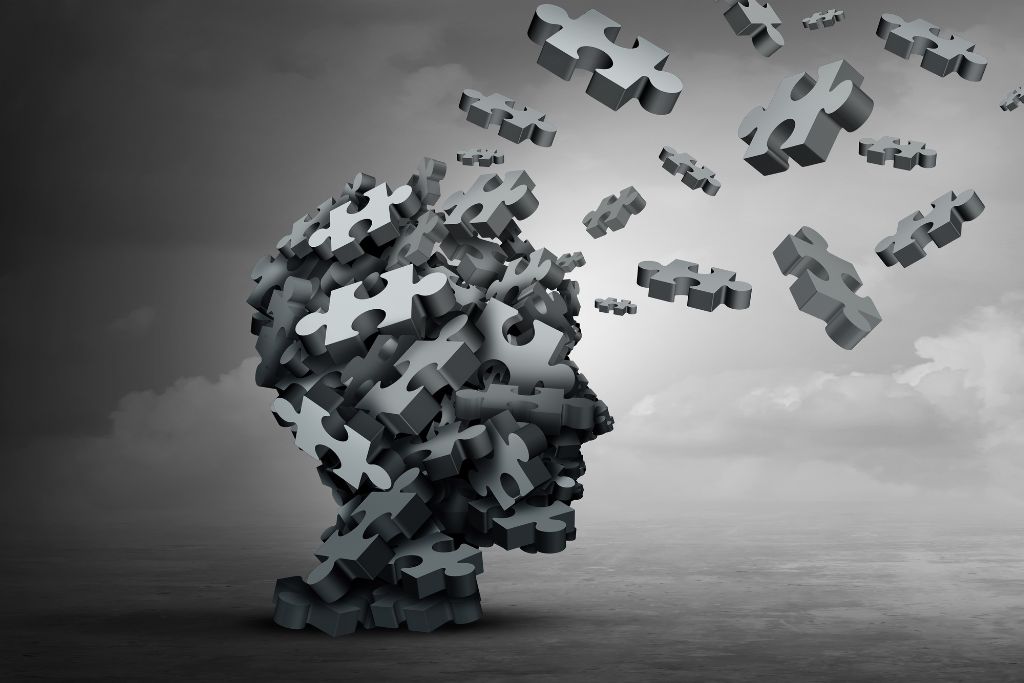There are a lot of reasons why you might have a headache. You might be having a headache because of tension, a migraine, or a brain aneurysm. These are all common types of headaches. Let’s look at them and learn how you can treat your headache.
Migraines
Migraines are caused by inflammation in the nerves of the blood vessels of the brain. Some people experience migraines in conjunction with other medical conditions. If you experience a severe headache that doesn’t improve after several days of treatment, it’s best to seek medical care.
Although there are many different causes of migraines, there are certain triggers that can affect a person. These include environmental factors, food and beverages, and physical exertion. Keeping a headache diary can help you track your symptoms and identify triggers.

Medications can also worsen a migraine. For example, some people find that the hormone replacement therapy that they’re taking can increase their migraine risk. This can be especially true for women.
During a migraine, an overactive neurotransmitter called serotonin is released, which causes inflammation in the blood vessels of the brain. Other triggers are exposure to bright lights, strong smells, and weather changes.
Tension headaches
Tension headaches are one of the most common types of headaches, and they affect almost everyone. Although they can be uncomfortable, they are rarely dangerous. And most people can work through them. However, several factors can trigger a tension headache, and you may need to take steps to avoid them.

Tension-type headaches usually occur in the neck or scalp. These symptoms are thought to be caused by muscle contractions, or changes in the neurotransmitters in your brain. You can reduce tension in your neck and other parts of your body by learning relaxation techniques.
There are two main kinds of tension headaches: episodic and chronic. Episodic headaches are a few times a month, and they tend to be less severe than chronic ones. Chronic headaches occur more frequently and last for at least a few days.
Exertion headaches
Exertion headaches can be a real problem. They can be a mild headache that lasts a few minutes or chronic pain that can last for days. The symptoms may include throbbing, nausea, and sensitivity to light. If you are suffering from exertional headaches, it is best to seek medical attention.
When you exercise, your body increases its heart rate, which in turn dilates the blood vessels in your brain. That dilated blood vessels puts pressure on your brain and can cause an exertion headache.

Some people get exertional headaches during sports or during strenuous activities such as weight lifting or running. However, they can also happen after doing less strenuous activities.
You can avoid exertion headaches by warming up before you start an activity that requires you to use your muscles. A warm-up will increase your blood flow and heart rate.
Brain tumors
Brain tumors are malignant growths of cells in the brain. They may cause headaches or other problems. However, the majority of people with brain tumors do not experience these symptoms. If you have headaches, it is a good idea to consult your physician.

Brain tumors can occur anywhere in the brain. Some of the most common types of brain tumors are meningiomas, astrocytomas, and gliomas. Each of these can be very difficult to diagnose. The best way to diagnose these tumors is by having an imaging test, such as an MRI or CT scan. These tests can be ordered by your doctor.
Usually, the first sign that a brain tumor is causing problems is a seizure. Seizures occur when a tumor grows in a part of the brain that is responsible for controlling movement.
Brain aneurysms
Brain aneurysms are a medical condition that occurs when there is a bulge or weak spot on the wall of a blood vessel in the brain. When the aneurysm bursts, it causes a life-threatening hemorrhage in the subarachnoid part of the brain. It can also lead to severe headaches.

If the aneurysm ruptures, the head can suffer from a sudden, excruciating headache that is often referred to as a thunderclap. However, even without the headache, the ruptured aneurysm can cause damage to the brain. Fortunately, the symptoms are usually not serious and are not life-threatening.
There are many reasons why people can develop brain aneurysms. Some of these include smoking, aging, and hypertension. Other causes include infections, direct trauma to the brain, and certain genetic disorders.




